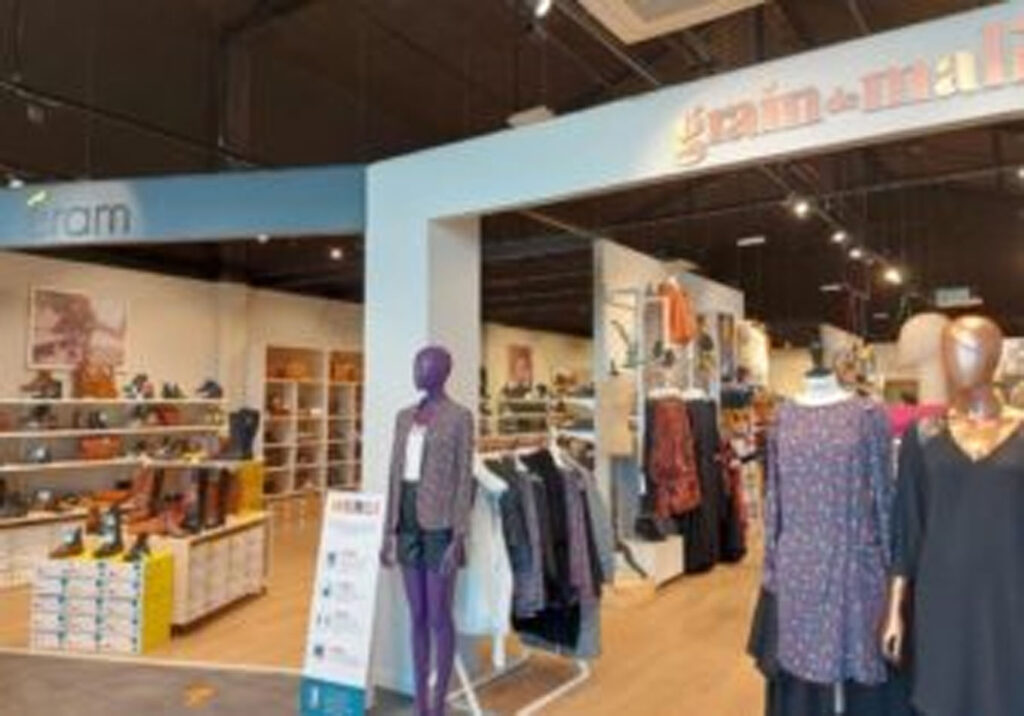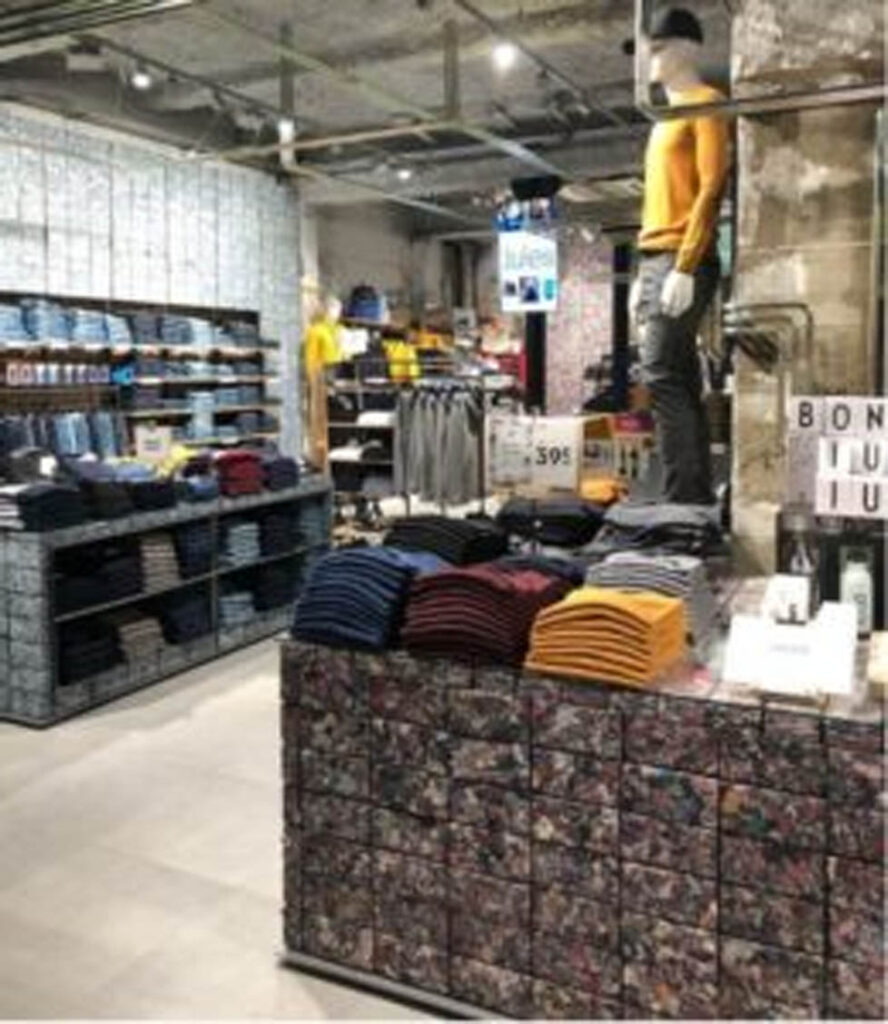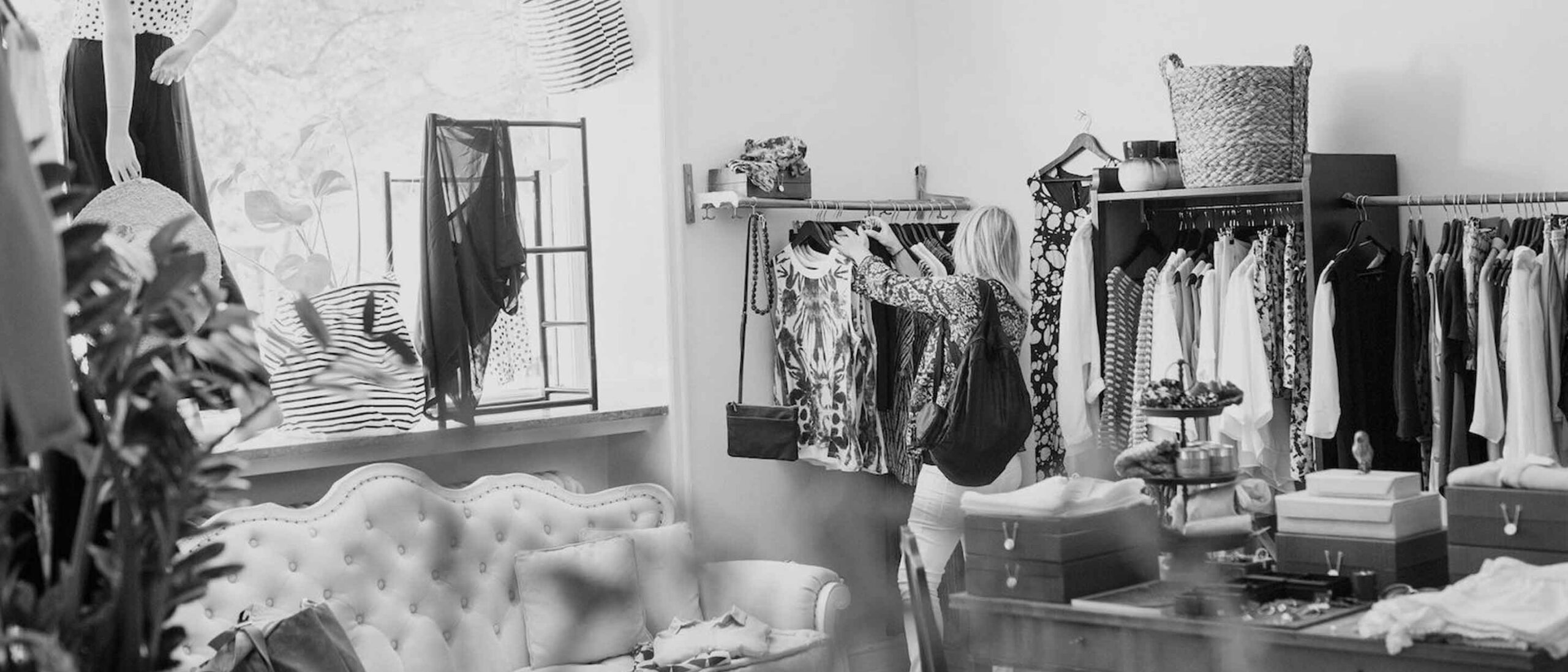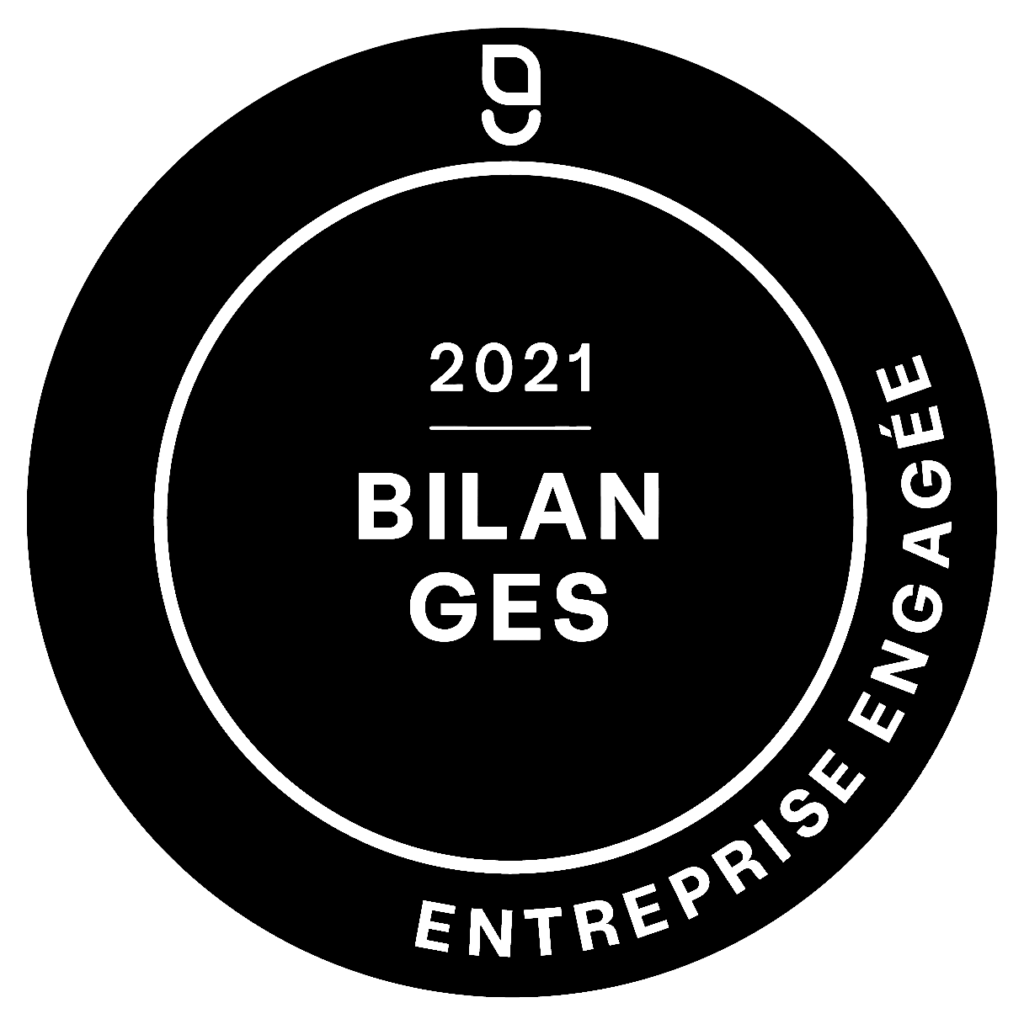Despite a x4 increase in online sales in 10 years, in-store retailing still represents over 80% of the market (source FEVAD 2020).
The so-called non-essential shops had to close during the two lockdowns. We were then able to measure the importance of this sales channel in the customer’s purchasing process. Nevertheless, some brands, already suffering before the Covid crisis, end up closing physical outlets. These numerous closures raise several questions: Does the shop still have a place in retail? does it still have a future? What trends should we focus on to bring customers back into the shop when they have become accustomed to consuming at a distance? Which solutions should be used to transform its economic efficiency in the long term?
However, there are valuable lessons to be learned from this crisis, particularly in terms of omnichannel strategy and unified commerce. A lot of initiatives implemented in recent months, which have been particularly appreciated by consumers, presage a strong return of the shop but in new forms. That is sure is that the store has not said its last word!
THE SHOP AT THE SERVICE OF A DIGITALIZED SHOPPING PATH
During the lockdown, retailers adapted to the restrictions caused by the health situation by implementing solutions to ensure the continuity of their customer service. This was the case with the Drive. Faced with the craze for the drive, which has become part of French consumer habits since the first confinement, the brands have grasped the importance of making it permanent, while at the same time developing it. After setting up 135 parking and pedestrian drives throughout France, Boulanger has decided to definitively adopt this method of collection at the end of April.

A variation of the traditional drive-through for town centres, the pedestrian drive was created during the first period of confinement under the impetus of major retailers such as E. Leclerc and Carrefour. Popular with urban consumers who do not have a car, these points of withdrawal for purchases made online “are still modest in terms of market share, but their performance in 2020 confirms that they are indeed the most dynamic channel in France, with an average growth of 85% over the whole year”, emphasises a Nielsen Global Connect study, published on 19 November 2020. This is a format with great potential for development, which we will have to deal with in the future.
The third preferred delivery method of the French (28%), after home delivery (85%) and relay points (68%) (Fevad 2020), click & collect has also seen a significant increase this year. It has allowed so-called non-essential shops to maintain some of their turnover. This device has the advantage of creating an effective bridge between the e-commerce purchase and the physical shop. This is an undeniable advantage, for example, for small local businesses that have difficulty distinguishing themselves from their more well-known competitors, as the Aix-en-Provence start-up Hoppins has clearly understood. On 24 June, it launched an application of the same name allowing multi-boutique click & collect. Via a mobile application, the user has access to the virtual fashion showcases of independent retailers and picks up their purchase in-store, thus stimulating the local flow of visits.
With click & collect and e-booking, the digitalisation of the point of sale also involves ship from store, which is already an integral part of the digital transformation process carried out by brands such as Etam, Zara and Jules. Faced with the complexity of implementing this omnichannel logistics, RFID technology becomes a key enabler for both the shop and the customer. For example, RFID tagging allows an item to be placed in a return box in a shop, without the need to return to the checkout, because it is precisely identifiable through its chip.
Read also: How confinements have changed the priorities of
brands?
THE SHOP AT THE SERVICE OF THE BRAND AND ITS REPUTATION
And if the shop is at the service of the digitalized purchasing process, so is the customer’s experience at the point of sale. To read, drink a coffee, sign up for a yoga or craft class or stroll under a green canopy, admir works of art… The shopper wants to experience a unique and memorable moment. In this sense, the concept store which, in addition to sales, showcases the brand’s universe through aesthetic, interactive and event-based elements, not to mention its flamboyant big brother, the flagship store with an emblematic identity, have a lot to offer to reenchant the customer experience, by creating a privileged link with the salesperson, in a real convivial place of life, full of emotion and meaning. Discover : the Tommy Hilfiger flagship

The shopping centre also has a role to play in improving experiential commerce, particularly with Retailtainment, which transforms it into an entertainment space. What could be more fun than pop-up store, such as the one at Fnac Kids in the Forum des Halles, which presents the brand’s games and toys in the run-up to Christmas? Or go into a Rougegorge lingerie shop to discover a corner of Triumph lingerie, shop in shop or take advantage of the bi-stores qthat are developing such as Eram and Grain de Malice? Or even to connect via video conference with a Petit Bateau sales advisor, to visit a shop, without leaving your sofa, thanks to a totally personalised shopping appointment? Because whether you meet the customer, in the flesh or virtually, in your own store or in a partner’s, the important thing now is to do so with pleasure, authenticity and proximity.
The physical shop will always be there for the consumer to learn, explore and be entertained. The future of retail is about allowing the consumer to choose how they prefer to shop: online, in physical shops and through their preferred media channel,” said Terry Lundgren (Macy’s).
View the full interview: “The main objective of physical shops is rather to create and monetise customer experiences”
THE SHOP AT THE SERVICE OF THE PLANET
In reaction to a pandemic from the other side of the world and after several weeks of confinement, the customer’s desire to consume inevitably evolved and was reinforced towards Made in France, local production and respect of the environment. These concerns are taken into account by the brands, which reflect these ecological aspirations and societal values

This is the case of the French men’s ready-to-wear brand Jules, which uses bricks created from recycled clothing to make up the furniture in its sales outlets. But also H&M, which this autumn installed a machine in one of its Stockholm shops, that recycles old clothes into new pieces, developed by a textile research centre in Hong Kong.
We can also mention the northern fashion chain Kiabi, which has opened a 50 square metre space in its Louvroil shop dedicated to second hand, while Carrefour has committed to a 30% reduction incarbon footprint of the products sold in its shops by 2030, by reducing packaging, promoting eco-design and local assortments, etc. These are all initiatives designed to help customers make sense of their consumption, to build loyalty by supporting them in their new lifestyle choices.
Read also : The French are looking for more responsible and ethical fashion
In short, as long as retailers embrace the inevitable digital transformation and adapt to the changing consumer habits of their customers, accelerated by the Covid-19 crisis, there is no doubt that the future of shopping still lies in physical shops. An economic actor essential to the preservation of jobs, a central element of neighbourhood life, the shop is a place of socialisation by excellence, where it is good to chat with the salesman who knows you so well or to have fun with a friend, during her fitting… In the service of people, the shop will mutate and metamorphose. But it will not disappear!


















